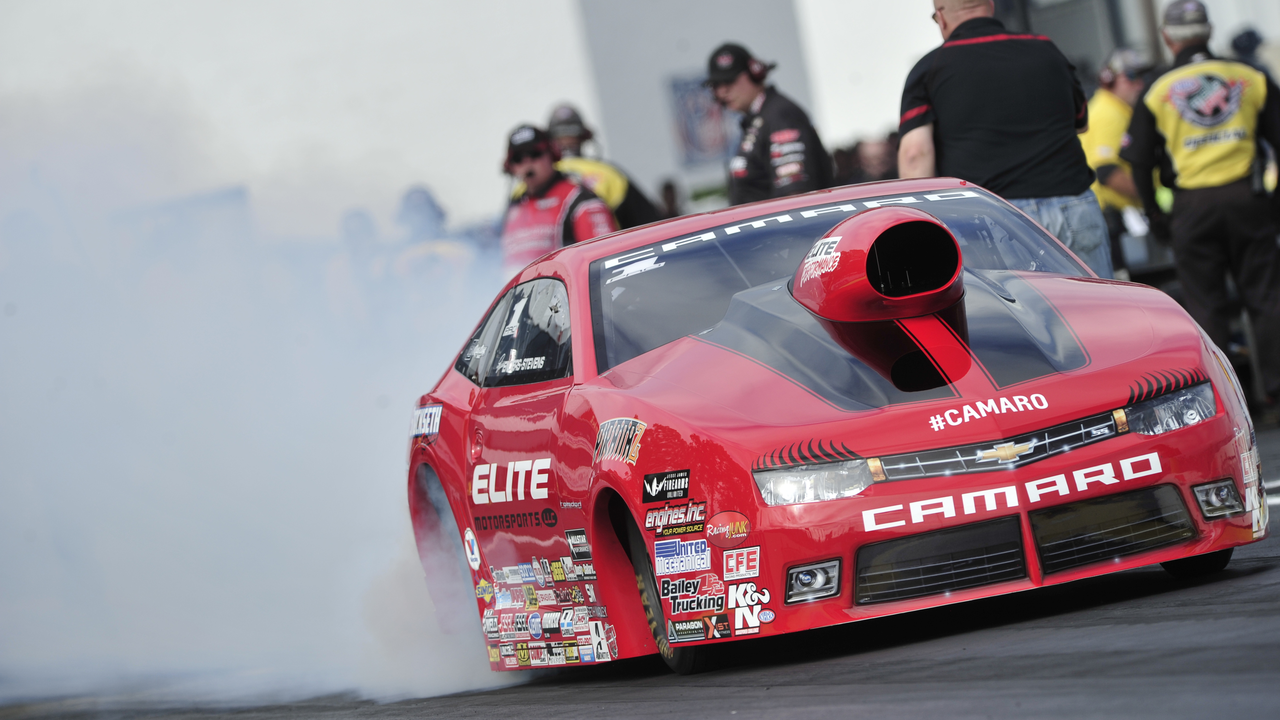So, folks, let's dive into the wild world of drag racing - and no, I'm not talking about RuPaul's Drag Race here! The question on the table: is drag racing actually racing? I would say it's like asking if cheesecake is actually cake (spoiler: it totally is). Drag racing may not be your traditional round-and-round-the-track type of racing, but it's a heart-pumping, adrenaline-soaked showdown of speed, power, and reaction time. So, in the great words of Lightning McQueen - Drag racing? Ka-chow! Definitely racing!
Racing Comparison – What Sets One Track, Car, or Idea Apart?
Ever wonder why some drivers swear by a manual gearbox while others love the ease of an automatic? Or how electric race cars might change the sound of a grandstand? This tag gathers the most asked‑for side‑by‑side look‑ins on motorsport. Below you’ll find short, practical takeaways on the biggest debates that keep fans buzzing.
Gear Shifts: Manual vs Automatic
Manuals give a driver direct control over each gear change. You feel the clutch, you hear the engine rev, and you can hold a gear for a boost on a corner. That control often translates into faster lap times on tight circuits where every RPM counts. Automatics, especially modern dual‑clutch units, shift in milliseconds and let the driver focus on braking points and line choice. The trade‑off is less tactile feedback, but the speed gains can be huge on long straights.
In real‑world racing, many top series still require a manual‑style sequential gearbox. The reason? It balances driver skill with reliability. If you’re a weekend racer, a manual stick will teach you throttle control and timing—skills that carry over to any car.
Fuel‑Free Future: Electric vs Gasoline
The shift to electric power isn’t just about the environment; it’s changing how races are run. Electric motors deliver instant torque, so acceleration off the line is blistering. Teams can program torque delivery for each corner, creating a new layer of strategy. On the flip side, the roar of a V8 is gone, and pit stops for battery swaps are still a work in progress.
Fans who miss the engine scream can look to hybrid formulas like Formula 1, where a turbo‑charged engine works with an electric motor. This blend keeps the sound while adding efficiency. If you follow the tag, you’ll see posts weighing the excitement of pure electric series like Formula E against the traditional gasoline show.
Safety Showdown: Old Tricks vs New Tech
Safety in motorsport has come a long way. Classic roll cages and fire‑suppressed suits saved countless lives, but today’s innovations go further. Carbon‑fiber monocoques act like a survival capsule, while energy‑absorbing barriers reduce impact forces. Some propose driver‑less safety cars that could respond faster than a human.
What really makes a difference on race day? Consistent safety drills, real‑time data monitoring, and quick medical response. The tag’s articles compare these approaches, giving you a clear picture of what works now and what might roll out next season.
All these comparisons share one goal: help you decide what matters most when you watch, talk, or even race. Whether you’re picking a car for the track, predicting the next tech breakthrough, or debating safety upgrades, the racing comparison tag gives you bite‑size, reliable info without the fluff.
